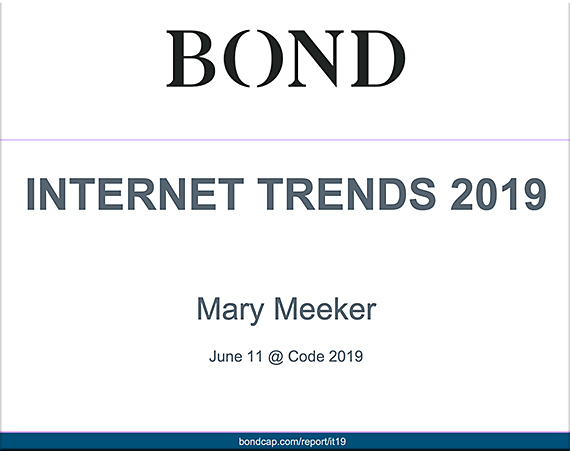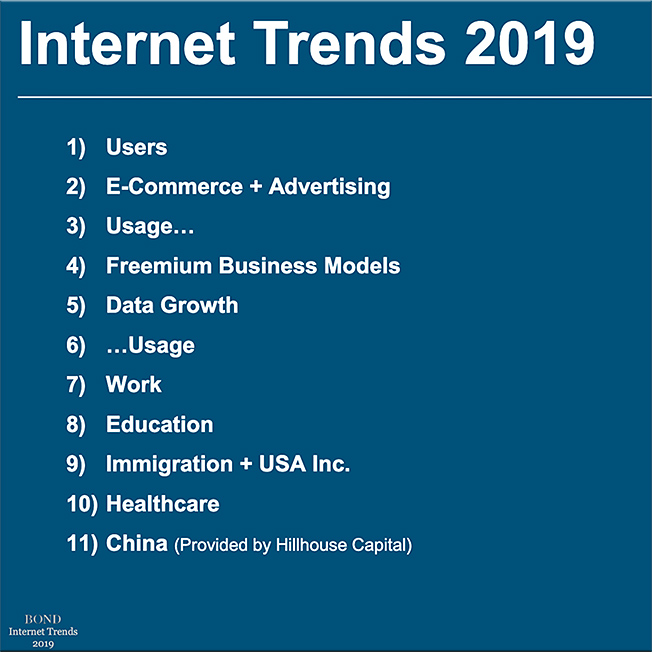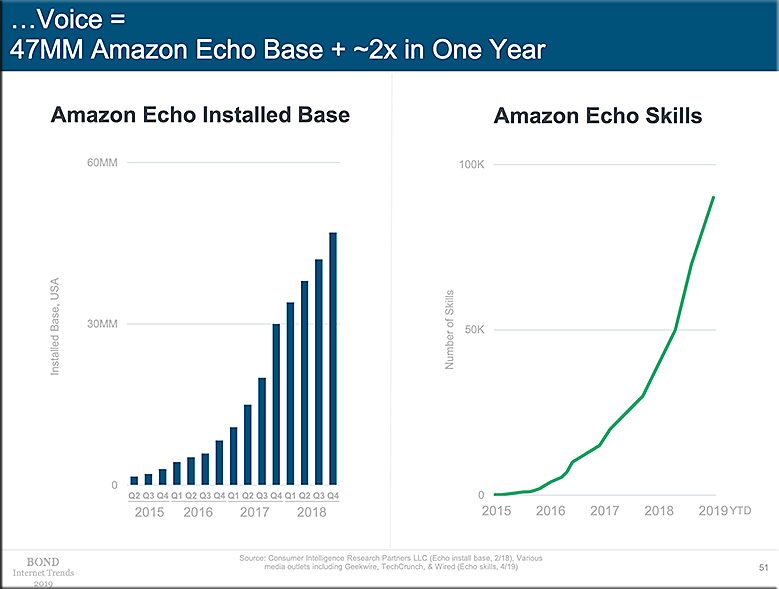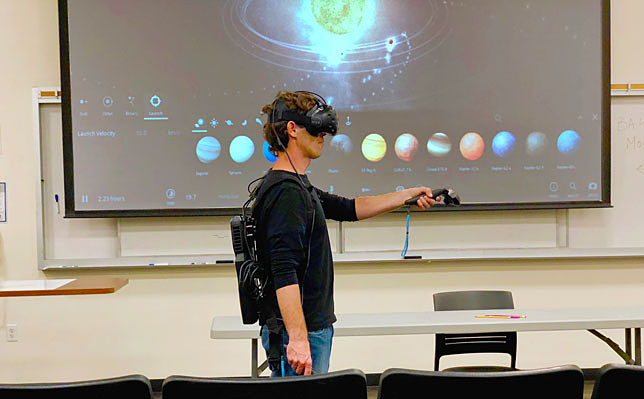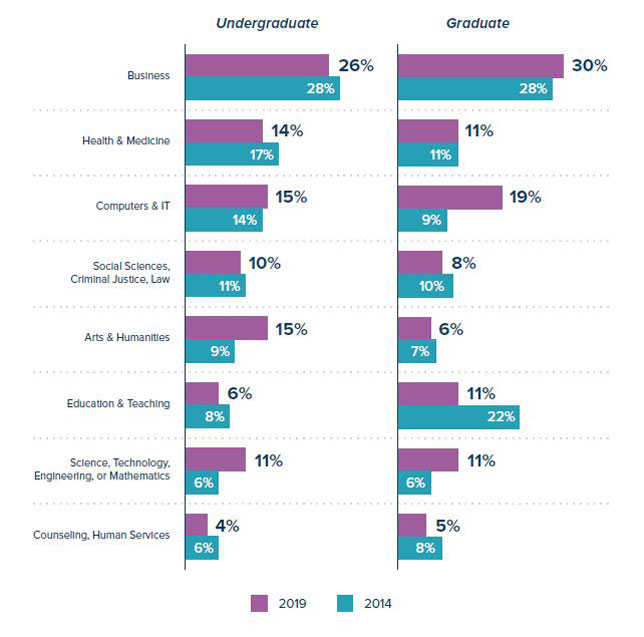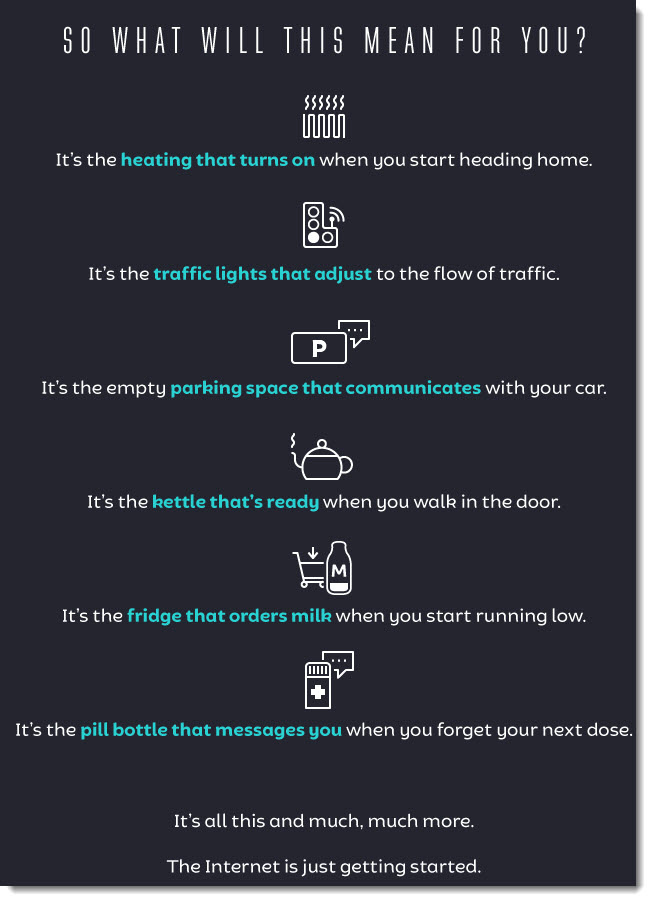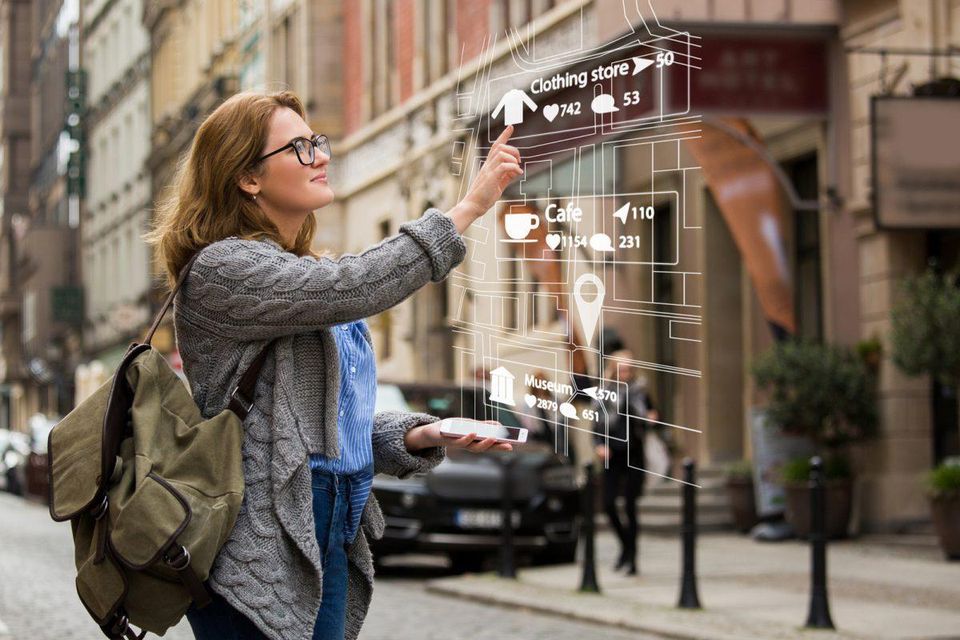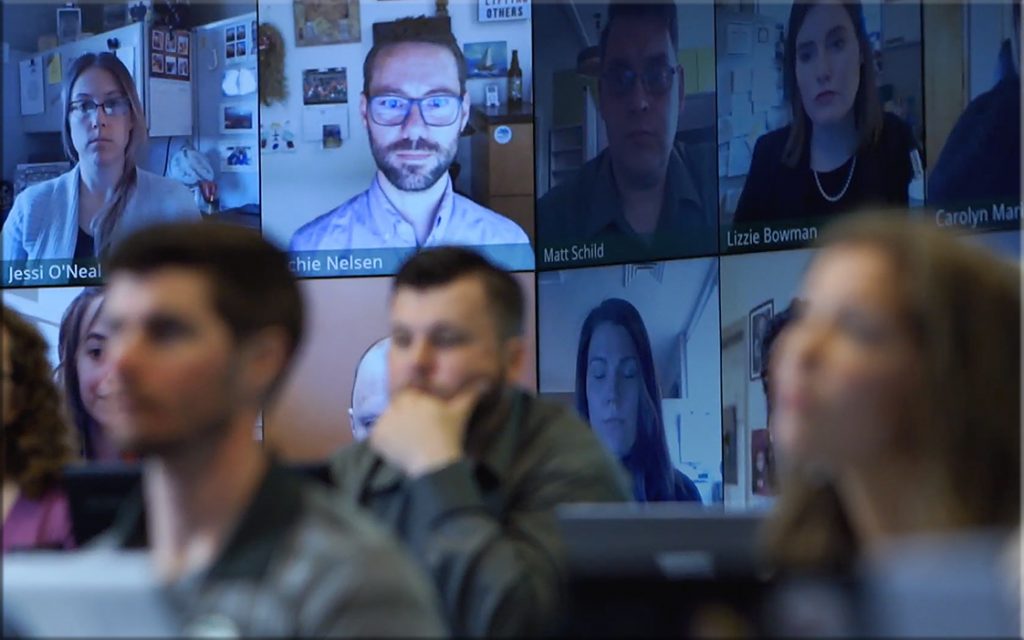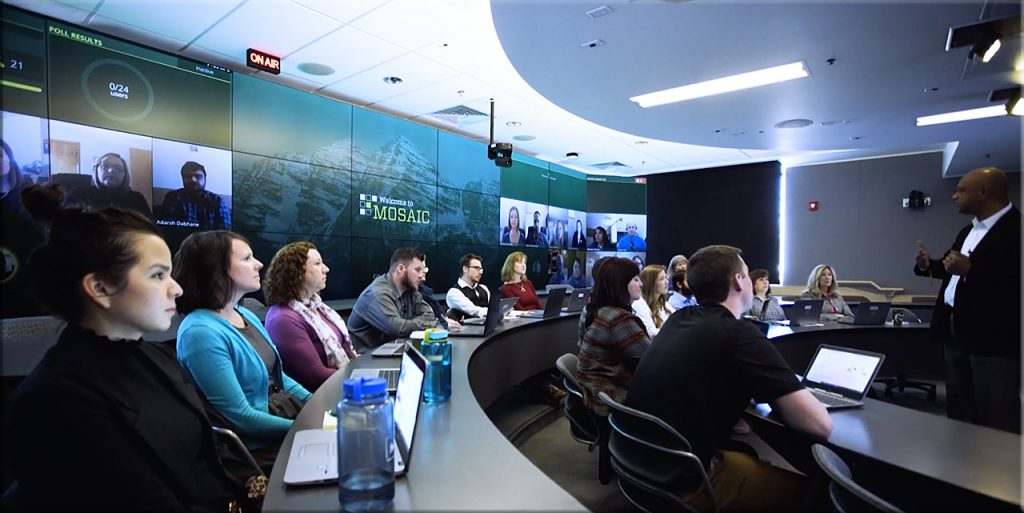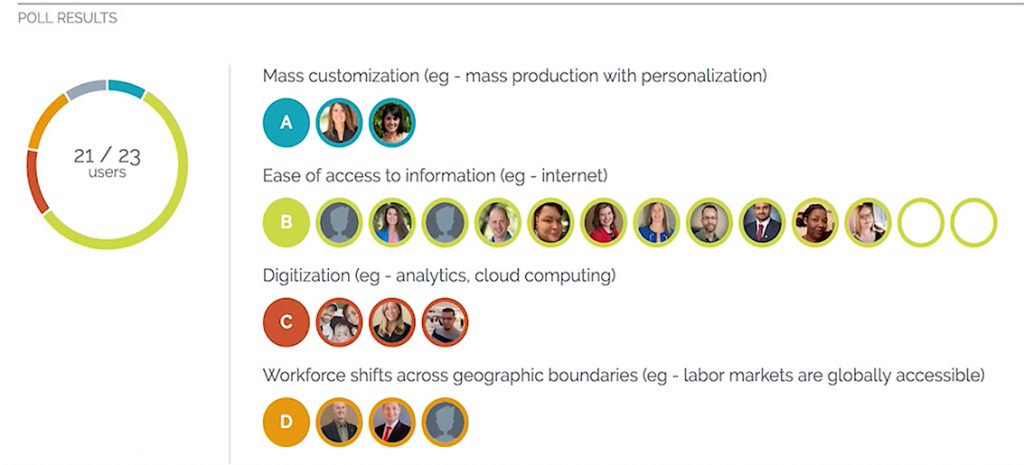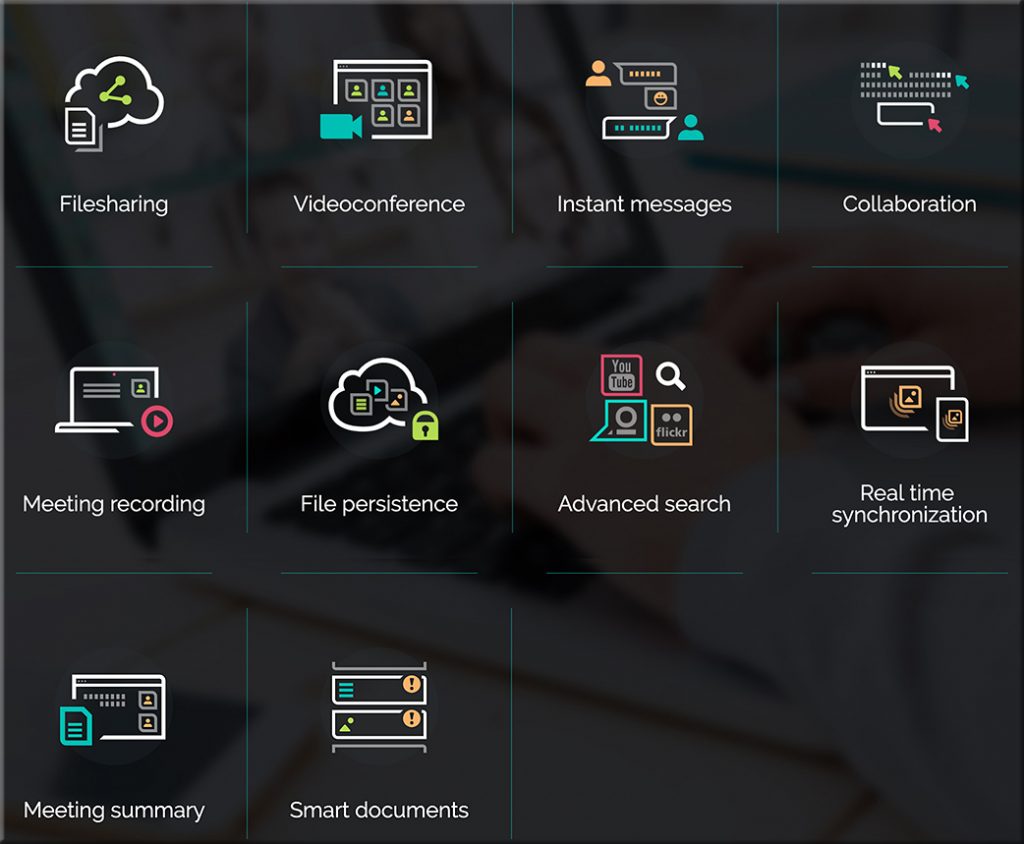Do you have a virtual personal assistant? With #VoiceAssistants we might get time back to do what we want to do. Tech giants believe that voice is as big as touchscreen and will invest a lot in the further development. #Microsoft #Google https://t.co/uPqkKyiPT3 pic.twitter.com/IjeVn5Af4p
— Wynter (@WynterElwood) June 17, 2019
Also see:
Microsoft is building a virtual assistant for work. Google is building one for everything else — from qz.com by Dave Gershgorn
Excerpts:
In the early days of virtual personal assistants, the goal was to create a multipurpose digital buddy—always there, ready to take on any task. Now, tech companies are realizing that doing it all is too much, and instead doubling down on what they know best.
…
Since the company has a deep understanding of how organizations work, Microsoft is focusing on managing your workday with voice, rearranging meetings and turning the dials on the behemoth of bureaucracy in concert with your phone.
Voice is the next major platform, and being first to it is an opportunity to make the category as popular as Apple made touchscreens. To dominate even one aspect of voice technology is to tap into the next iteration of how humans use computers.
From DSC:
What affordances might these developments provide for our future learning spaces?
Will faculty members’ voices be recognized to:
- Sign onto the LMS?
- Dim the lights?
- Turn on the projector(s) and/or display(s)?
- Other?
Will students be able to send the contents of their mobile devices to particular displays via their voices?
Will voice be mixed in with augmented reality (i.e., the students and their devices can “see” which device to send their content to)?
Hmmm…time will tell.










